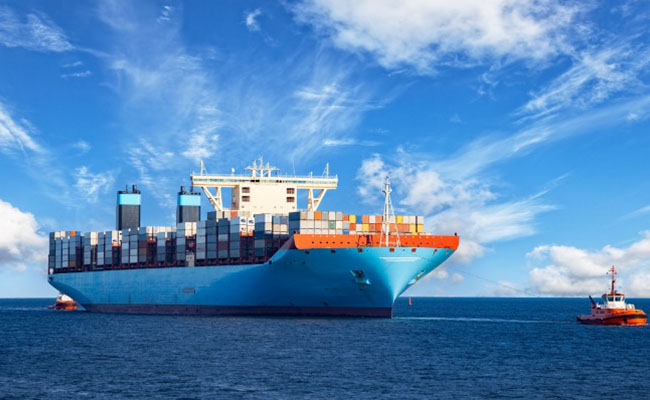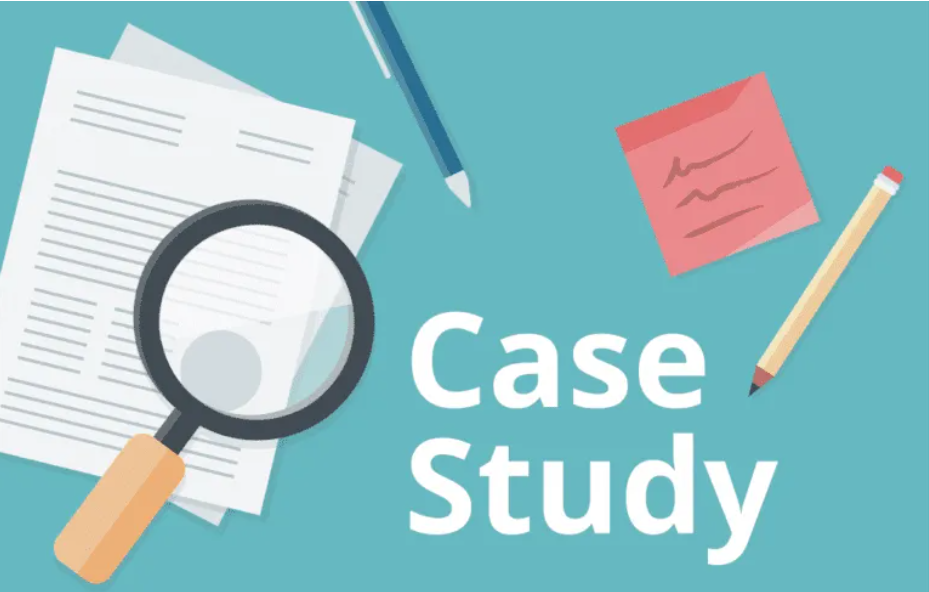- By TOP CHINA FREIGHT
- September 16, 2025
- Shipping
Table of Contents
Freight Forwarder China to Melbourne plays a crucial role in ensuring smooth, cost-effective, and timely shipping of goods between China and Australia. Shipping goods internationally involves multiple considerations, including transit time, shipping costs, customs compliance, and supply chain efficiency. This guide provides detailed insights into freight options, cost comparisons, customs procedures, and strategic shipping techniques to help businesses streamline their import/export operations.

What Are the Main Freight Options for a Freight Forwarder China to Melbourne?
| Shipping Method | Best For | Key Features | Operational Tips | Transit Time |
|---|---|---|---|---|
| Sea Freight (FCL/LCL) | Large, non-urgent shipments | FCL: dedicated container; LCL: shared space | Consolidate LCL shipments; avoid peak seasons; ensure proper packing & weight distribution | 12–30 days |
| Air Freight | Small, high-value, urgent shipments | Direct flights: faster; Indirect flights: cheaper | Manage weight/packaging; use experienced forwarder for customs; ideal for perishables | 2–7 days |
| Express Courier | Urgent parcels, e-commerce items | Door-to-door service; small parcels only | Ensure accurate documentation; consolidation for cost saving; ideal for samples | 1–3 days |
How Do Shipping Costs Compare for a Freight Forwarder China to Melbourne?

Understanding the cost structure helps businesses plan budgets and choose the most suitable shipping method. Costs vary depending on cargo volume, weight, and urgency.
| Shipping Method | Cost per kg | Transit Time | Best For |
|---|---|---|---|
| Sea Freight (FCL/LCL) | $1.5–$3 | 12–30 days | Bulk cargo, non-urgent shipments |
| Air Freight | $6–$10 | 2–7 days | Small, high-value, time-sensitive goods |
| Express Courier | $10–$20 | 1–3 days | Urgent parcels, e-commerce shipments |
Tips to Reduce Costs:
For sea freight, consider consolidating multiple LCL shipments. For air freight, booking in advance and avoiding peak travel seasons can lower costs. Additionally, freight forwarders often negotiate rates with carriers, passing savings to clients.
Customs Requirements for Freight Forwarder China to Melbourne

Required Documents:
| Document | Purpose |
|---|---|
| Commercial Invoice | Lists product details, value, and transaction info |
| Packing List | Details quantity, dimensions, and weight |
| Bill of Lading / Air Waybill | Proof of shipment ownership |
| Certificate of Origin | Confirms product manufacturing country |
| Import Declaration | Mandatory for goods over AUD $1,000 |
| Fumigation Certificate | Required for wooden packaging, if applicable |
How Long Does It Take to Ship Using a Freight Forwarder China to Melbourne?
Transit time depends on the freight method, shipping route, and port operations.
| Freight Type | Typical Transit Time | Notes |
|---|---|---|
| Sea Freight | 12–30 days | Peak season may extend time; port congestion affects schedule |
| Air Freight | 2–7 days | Limited by flight schedules and customs clearance speed |
| Express Courier | 1–3 days | Fastest method for small parcels; minimal handling |
Businesses should consider buffer time when planning delivery schedules, especially for inventory management and supply chain commitments.
Should You Choose Air, Sea, or Express Freight?
Selecting the right shipping method depends on multiple factors:
Budget:
Sea freight is the most economical for bulk shipments.
Urgency:
Air freight or express courier is ideal for fast delivery.
Shipment Size:
Large shipments favor sea freight, small or high-value items favor air or express.
| Factor | Sea Freight | Air Freight | Express Courier |
|---|---|---|---|
| Cost | Low | High | Very High |
| Speed | Slow | Fast | Very Fast |
| Cargo Size | Large | Small | Small |
| Urgency | Low | High | Very High |
Tip:
Combining shipping methods (e.g., sea-to-air) can balance cost and speed for medium-sized shipments.
What Are the Pros and Cons of Each Freight Method?
Sea Freight:
Pros: Cost-effective for heavy cargo, suitable for large volumes.
Cons: Long transit times, possible delays at ports.
Air Freight:
Pros: Fast and reliable for urgent shipments.
Cons: High cost, limited volume and weight.
Express Courier:
Pros: Fastest transit, door-to-door delivery.
Cons: Premium pricing, mostly suitable for small parcels.
Tip:
Choosing the right method requires evaluating shipment size, urgency, and budget. Forwarders can provide recommendations based on historical transit performance.
How Do You Choose the Right Freight Forwarder China to Melbourne?
Proven track record with China-Australia shipping.
Customs clearance, cargo insurance, warehousing.
Verified client feedback and case studies.
Detailed quotes with no hidden fees.
Case Study

Electronics Shipment from Shenzhen to Melbourne
A technology company needed to ship 15 pallets of electronics from Shenzhen to Melbourne. They chose FCL sea freight to minimize per-unit cost. The forwarder consolidated the shipment, handled customs clearance, and provided tracking updates. Transit took 28 days, slightly longer than air freight but saved 60% on shipping costs.
Lessons Learned:
Advanced planning, accurate documentation, and using a skilled freight forwarder enabled cost savings and smooth delivery.
Conclusion
Selecting the right shipping method—sea, air, or express—depends on shipment size, urgency, and budget. Sea freight is ideal for bulk cargo, air freight for high-value or urgent items, and express courier for small, time-sensitive parcels. A professional freight forwarder china to melbourne simplifies documentation, customs clearance, and transit management. By understanding shipping costs, transit times, and supply chain strategies, businesses can optimize their logistics and ensure timely delivery.
Need a Shipping Quote?
If you want expert guidance and peace of mind, our team is ready to assist.
TJ China Freight offers tailored solutions to help businesses of all sizes ship more reliably from China.

FAQ
Q1:What is the cheapest way to ship from China to Melbourne?
Sea freight is usually the most economical, especially for large shipments. LCL reduces upfront costs, while FCL lowers per-unit cost for bulk cargo.
Q2:How long does shipping take from China to Melbourne?
Transit depends on freight type: sea freight 12–30 days, air freight 2–7 days, express courier 1–3 days. Delays may occur due to customs or port congestion.
Q3:Can freight forwarders handle customs issues?
Yes, experienced forwarders manage documentation, customs clearance, duties, and compliance, reducing delays and avoiding penalties.
Q4:How do I choose the right freight forwarder?
Consider experience, services offered, reputation, cost transparency, and ability to provide supply chain optimization advice. Tracking and proactive support are also important.
Q5:Can sea and air freight be combined?
Yes, multi-modal shipping combines sea and air to balance cost and speed, particularly useful for medium-sized shipments.
